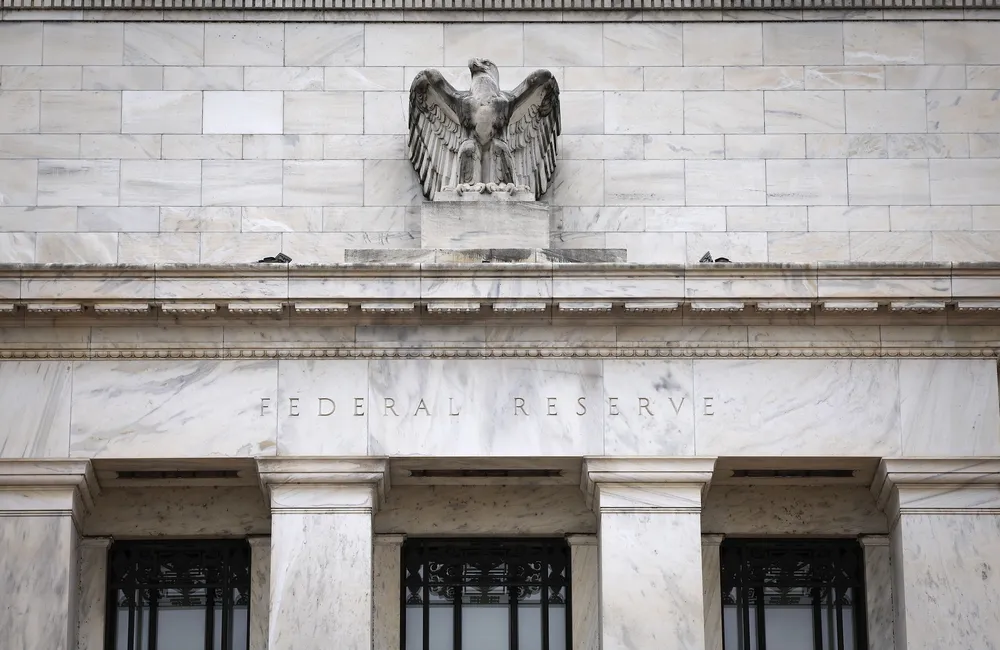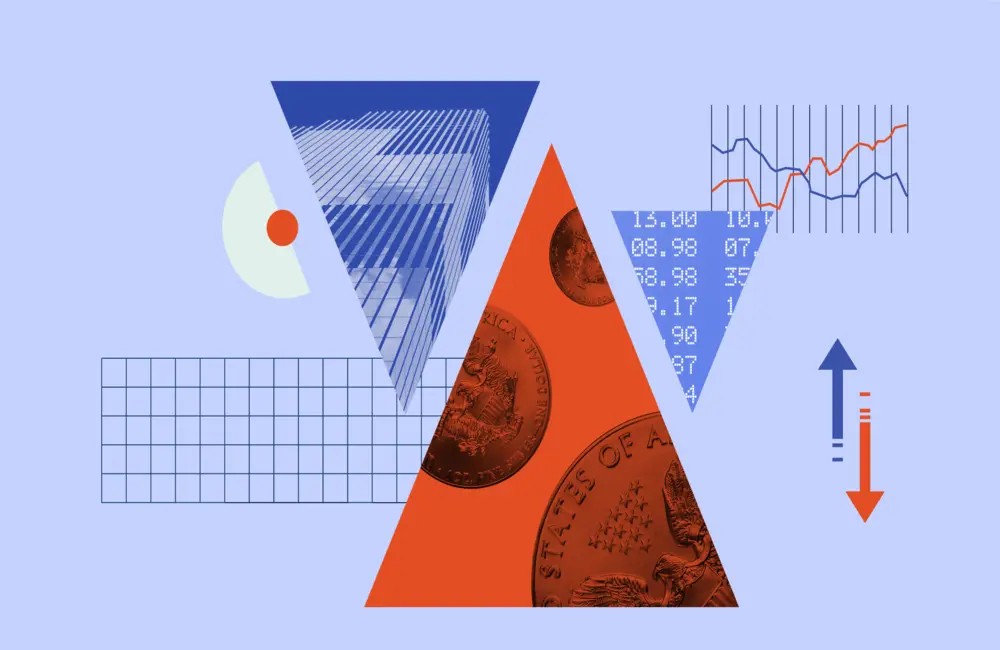The US jobs market is strong, but evidence is building that a welcome moderation, which should help bring inflation pressures down, may be in the pipeline.
The United States economy added 390,000 jobs in May, the Labor Department reported on Friday, after increasing by 436,000 jobs in April. The unemployment rate remained unchanged at 3.6%.
Even if the increase in nonfarm payroll employment for May was better than most economists expected, the trend presents a more complicated picture.
Slower Growth, But Healthier Pace
“The jobs report confirmed the narrative that has been playing out over the last few months: Job growth is moderating to a slower but healthier pace, and wage growth is following suit,” said Preston Caldwell, chief US economist. “Slower job growth doesn’t mean the recovery is over, but rather that the recovery is transitioning to a more sustainable pace, helping to avoid an overheating economy.”
Caldwell looks at the three-month rolling average of job gains, which flattens out the month-to-month noise. In February, the three-month rolling average was a lofty 602,000. It’s now 408,000.
“Nonfarm payroll growth has averaged 400,000 jobs for the past three months, a slower pace than at the beginning of the year. And, since wage growth has also slowed, it seems that perhaps demand for labor has hit the brakes a bit. This is consistent with our forecast for job creation eventually to slow to 100,000-200,000 a month in the second half of this year,” says Caldwell.
Wage Growth Slows Alongside Hiring
The slower pace of wage increases appeared in a 0.3 percent gain in average hourly earning for May the same pace as in April, but down quite a bit from where wage gains were printing during 2021 and the first part of this year. For the past year, average hourly earnings have risen 5.2%, the Labor Department said.
“Wage growth has been a meager 0.4% over the past three months, a 4.5% annualized pace,” Caldwell says. “This is approaching something with a 3.5% pace, and that would be consistent with the Fed’s 2% inflation target. But there’s a long way to go before the Fed can declare victory, especially against the inflationary, ongoing hit from Russia and other factors.”
Industries Still Hiring, But Moderation Persists
Within the numbers of the jobs report, the Labor Department said hiring gains were concentrated in leisure and hospitality industries among the industries hardest hit by the pandemic in professional and business services, and in transportation and warehousing. Retail employment declined.
There are, however, plenty of signs the job market is still strong, despite some hints of moderation. The unemployment rate, for instance, has stayed at 3.6 percent for three consecutive months. That is an extremely low rate of unemployment by historical standards.
Labor Market Tightness Remains
Caldwell also notes the Bureau of Labor Statistics job openings and labor turnover survey, popularly known as the JOLTS report, which shows job vacancy rates that are still close to all-time highs.
“Some other data still indicates near-record levels of tightness in labor markets,” Caldwell says. “In particular, the job vacancy rate has remained around 7% in recent months, rising from 4.5% before the onset of the pandemic.”
“But if employers were hell-bent on filling these vacancies at all costs, we’d be seeing faster wage growth than we are right now,” he says. “As such, there's less concern about the vacancy rate compared to some of the others.”
Federal Reserve Policy Implications
The job market is a central focus, because those concerns about wage pressures fuelling high inflation are now at the heart of the outlook for Federal Reserve policy.
“The report today is not going to affect the Fed’s near-term path of aggressive rate increases,” Caldwell says. The Fed will likely then raise the federal-funds rate to 2.25%, up from 0.75% currently then a couple months later, another half percentage point in July. The rate is expected to be about 3% by year-end, according to the bond futures markets.























